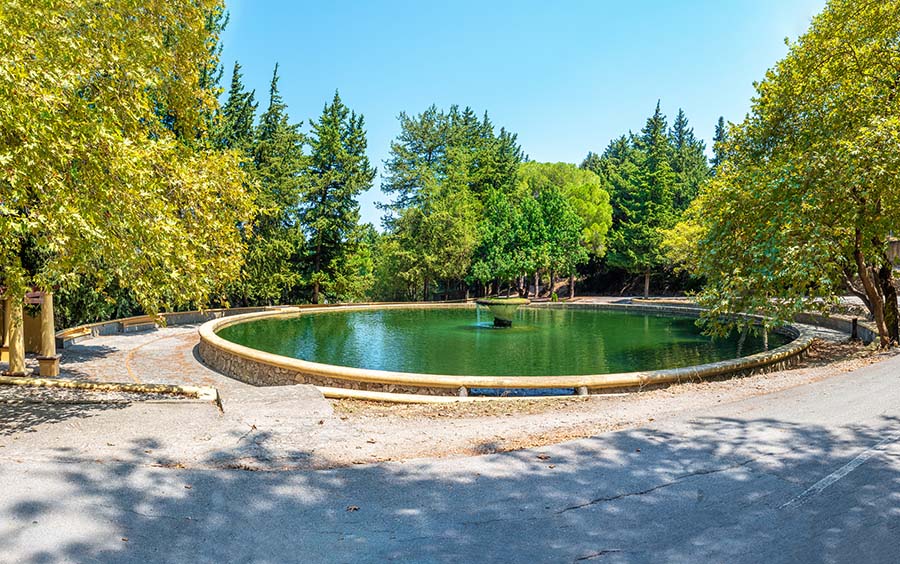Underground cavities, in-ground ponds, and above-ground ponds all qualify as cisterns if they’re used for holding rainwater or fresh water. Yet, these similar structures vary in the features and benefits they offer to their owners. If you’re looking for a low-cost cistern in a warm environment, the best choice for your project will differ greatly than if you need a huge cistern in a cold part of the country. When deciding between in-ground (or buried) and above-ground placement for your new cistern, consider the benefits of either type of installation before making the final selection.
Installation Cost
In-ground cisterns tend to cost more to install or build than above-ground tanks, especially if extensive excavation or ground stabilization is needed. However, the cost per gallon is often lower because it’s easier to build large volume cisterns in-ground than above-ground. Don’t just consider upfront costs when weighing ownership expenses. You’ll need to combine the installation cost with the maintenance fees for each year of use, to truly determine if an above-ground or in-ground cistern will cost you more.
Maintenance Requirements
Speaking of maintenance, both above-ground and in-ground cisterns require attention every few months when used for storing potable water. Non-potable water cisterns can go up to a year between maintenance chores and still perform well. Above-ground tanks are slightly more prone to sediment accumulation while being harder to access for cleaning and sanitization on a regular basis. In-ground or buried cisterns are generally larger and easier to get inside for hands-on cleaning after a quick draining.
Risk of Leaks and Containment Requirements
Above-ground tanks tend to pose a slightly higher risk of damage if they develop a leak. Since the water leaking out of a raised tank runs over the surface of the ground, it’s more likely to cause erosion or flood a nearby building. In-ground ponds and cisterns are slightly less dangerous because the surrounding soil is likely to absorb small leaks until they’re fixed. However, large leaks and collapses become more dangerous with these cisterns when you consider they’re usually far larger in volume and surface area than above-ground structures. Both types of cisterns require secondary containment to ensure any water that escapes is directed to a safe and appropriately sized drainage area.
Longevity
In-ground or buried cisterns, even those constructed with prefabricated tanks, tend to last longer than above-ground structures. Above-ground tanks are constantly bombarded with UV rays, temperature changes, and even scouring effects from the wind. In-ground cisterns are supported by the soil around them, reducing wear and tear from the pressure of the water pushing outward. However, in-ground features are a little harder to remove or replace when they’re no longer needed. If you only need a temporary cistern, for short-term work like a construction project, it’s best to stick to portable above-ground tanks.
Total Volume
Above-ground tanks and cisterns are much more limited in their size and total volume than in-ground features. Many buried, vault style cisterns used for municipal supplies stretch out over multiple square miles, while tanks generally can only hold a few million gallons at the most. It’s not uncommon for cities to combine both raised water and underground cisterns to store as much water as possible without having to excavate everywhere. Tanks work well for denser areas where excavation options are limited, but for sheer volume alone, in-ground cistern designs are a better choice.
After exploring these considerations, you should have a better idea if an above-ground or in-ground/buried cistern is right for your project. Don’t be afraid to start with a single smaller cistern and expand into multiple water-holding structures later. It’s often easier to build and maintain multiple smaller cisterns than to try and contain all the water needed for a town or business in a single cistern. All cisterns, regardless of placement, benefit from appropriate lining. Find the cistern liners you need here at BTL Liners.




